March 29 has finally arrived. There is no Brexit deal and no clarity on the future. Over this past week, members of Parliament (MPs) rejected Prime Minister Theresa May’s deal with the European Union for a third time—despite May’s offer to resign if her deal was passed, which limited her defeat to double digits—and failed to agree on any alternative approach. The U.K. has until April 12 to determine next steps, with more votes planned next week. As London politics continue to churn, the EU has concluded its contingency planning for a no-deal outcome.
Why did MPs reject the deal for a third time?
Under the terms of the extension agreed at the European Council summit mid-month, May had until March 29 to pass her deal in order to earn a reprieve until May 22 to complete preparations for leaving the EU. Given the failure to do so, April 12 has become the new cliff edge.
Following the ruling by Speaker John Bercow that any government motion must differ from the previous attempts, May separated the Brexit deal into its two components: the withdrawal agreement (a binding document dealing with divorce issues, citizens’ rights, and the Irish border) and the political declaration (non-binding guidance for the next phase of negotiations on the future relationship). Although British domestic legislation requires the eventual ratification of both documents, the U.K. could obtain an extension by passing the withdrawal agreement only. On March 29, MPs voted 286-344 against the agreement. The 58-vote margin was the closest result yet.
May failed to obtain sufficient support from three key constituencies:
- Brexiteers: On March 27, May told Conservative Party backbenchers she would step down as party leader before the next phase of Brexit negotiations—if Parliament ratified her deal. This—combined with the prospect of Brexit slipping away entirely—won support from some hardliners in her party, including Boris Johnson and Jacob Rees-Mogg.
- Democratic Unionist Party (DUP): The 10 members of Northern Ireland’s hardline unionist party, who prop up May’s minority government, have long objected to Northern Ireland being treated differently from the rest of the U.K. under the backstop in the withdrawal agreement. Prioritizing its concerns about the union, the party was not swayed by May’s resignation offer or her ongoing negotiations with them on the backstop.
- Labour Party: Given the lack of support within the governing parties, May needed opposition backing for her deal. Although Labour leader Jeremy Corbyn generally accepts the withdrawal agreement, his focus has been amending the political declaration to allow a softer Brexit through continued U.K. membership in the EU customs union. (However, there are splits in the party with some Remainers focused on securing a second referendum.) He objected to the vote on a “blindfold Brexit” given the lack of clarity on the way forward.
What happens next?
In a statement to members after the vote, May said Parliament would take a series of indicative votes on April 1—with another round possible on April 3—to consider alternative options. This will be similar to the process on March 27, when Parliament failed to find majority support for any way forward. (Notably, the government did not sanction that effort. Parliament wrested control from government for the first time in over 100 years and set the legislative agenda, with 30 Conservative MPs bucking the party whip and three ministers resigning to support the effort.)
MPs were given slips of paper with eight options, free to opine on as many or few as they wished. There were numerous abstentions, which could change the outcome of a second poll. There were several conclusions from the March 27 votes:
- No-deal: Parliament did not support leaving with no deal. Nor did it support revoking Article 50, which is the only means—short of agreeing on a deal—to prevent that from happening.
- Softer Brexit: Parliament considered several measures that would enable a softer Brexit. Notably, there was nearly a majority for remaining in the customs union (264-272)—under which Britain retains a common tariff with the EU and gains the right to stop free movement of EU nationals, but has limited scope for negotiating free trade agreements.
- Second referendum: The proposal for a confirmatory referendum on May’s deal earned the highest number of affirmative votes, though it was defeated 268-295.
On April 1, MPs will use the same system to vote on a narrower set of options. There may be composite motions that combine some of the most popular measures, including a softer Brexit and a second referendum. The parliamentary math remains uncertain: A customs union could earn support from some Labour MPs and the DUP (which notably abstained on two such options among the indicative votes), but this would cost the backing of hardliners in May’s party. EU officials have suggested that if the U.K. settles upon a customs union for its future relationship, Brussels could update the political declaration quickly.
European Council President Donald Tusk has called an emergency EU summit for April 10, two days before the new deadline, to discuss next steps. Per the earlier agreement, the U.K. will be expected to indicate a way forward for leaders’ consideration. If the U.K. has ratified the withdrawal agreement and political declaration by then, EU leaders will likely allow an extension until May 22 (per the original offer) to complete departure procedures. If not, the U.K. will need to prepare for a no-deal departure or request a lengthy extension (of at least 9 months or likely longer).
Is no-deal Brexit likely?
Given the odds against Parliament agreeing a deal in the coming days, the two options left are a no-deal Brexit or a longer extension. The latter would require the U.K. to hold European Parliament elections in late May and find a way to resolve its domestic political blockages, as the EU will not renegotiate the withdrawal agreement. In this case, the most likely scenario is a general election.
Although there has been lingering optimism in London about the prospect of agreeing on something, Brussels has grown increasingly concerned about a no-deal Brexit and focused on limiting damage to its interests. This week the European Commission announced the completion of its contingency plans for this outcome. European Commission Secretary-General Martin Selmayr stressed that the conditions for U.K. trade talks following a no-deal Brexit would follow the same terms as the Withdrawal Agreement: The U.K. must settle its EU financial obligations, protect the rights of EU citizens in the U.K., and ensure the protection of the Good Friday Agreement. At the same time, Tusk encouraged the European Parliament to “be open to a long extension if the U.K. wishes to rethink its Brexit strategy.”
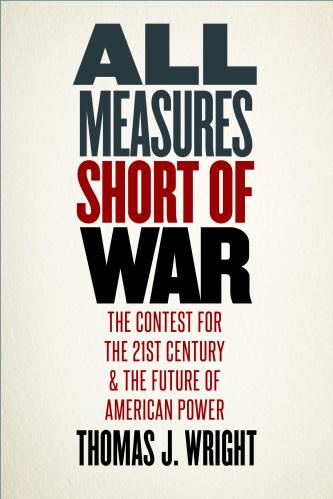
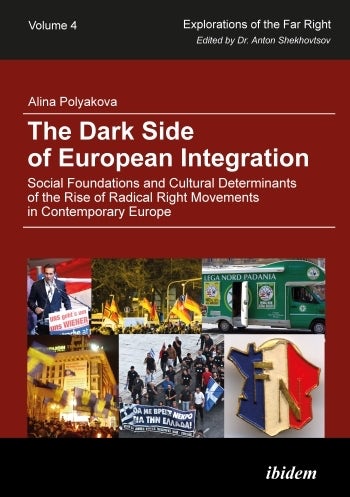
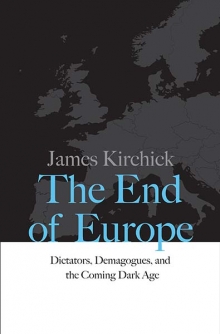
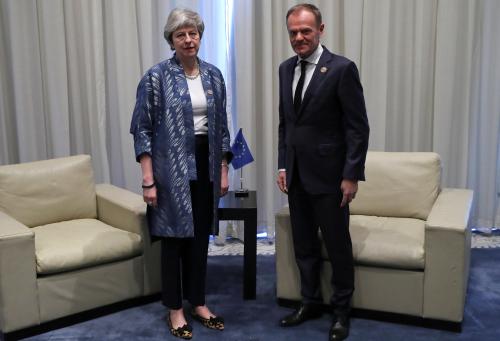
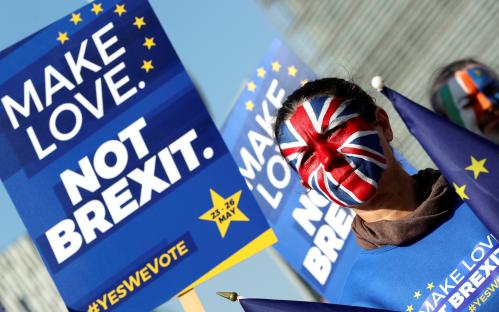
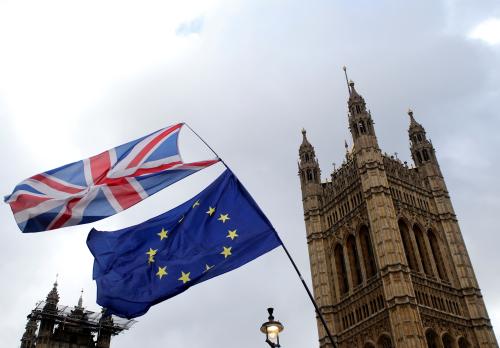


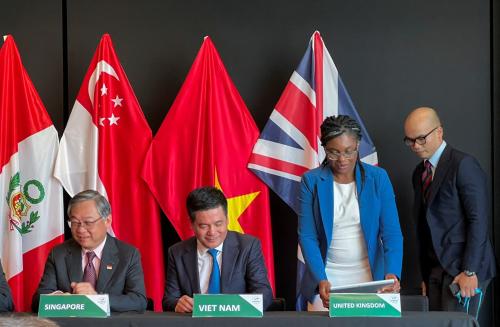

Commentary
Brexit endgame: Will it ever end?
March 29, 2019